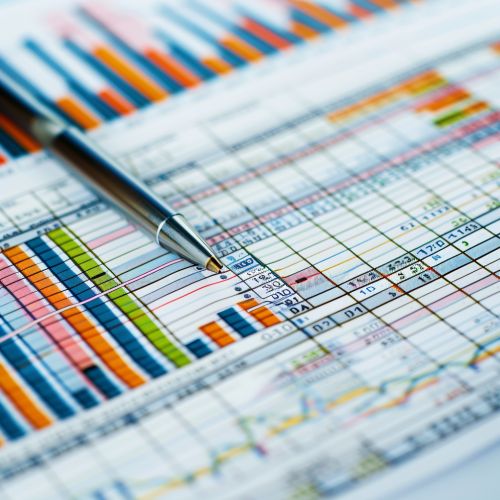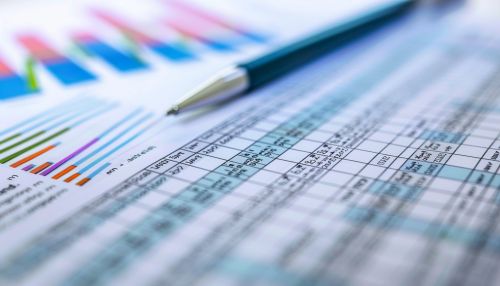Econometrics
Introduction
Econometrics is the application of statistical methods to economic data in order to give empirical content to economic relationships. More precisely, it is "the quantitative analysis of actual economic phenomena based on the concurrent development of theory and observation, related by appropriate methods of inference."Economic theory
History
The term "econometrics" was coined by Ragnar Frisch in conjunction with the establishment of the Department of Economics at the University of Oslo. He described econometrics as the unification of statistics, economic theory, and mathematics. Econometrics has since become a widely studied and applied discipline, contributing to the development and understanding of economic theory and policy. Ragnar Frisch
Methodology
Econometrics involves the use of mathematical models to test hypotheses and estimate future trends. It utilizes a variety of techniques such as regression analysis, time series analysis, and simultaneous equations to analyze economic data. These methods allow economists to make predictions and test theories about economic behavior. Mathematical models
Regression Analysis
Regression analysis is a statistical process for estimating the relationships among variables. It includes many techniques for modeling and analyzing several variables, when the focus is on the relationship between a dependent variable and one or more independent variables. In econometrics, regression analysis is used to understand how the typical value of the dependent variable changes when any one of the independent variables is varied, while the other independent variables are held fixed. Regression analysis
Time Series Analysis
Time series analysis is a statistical technique that deals with time series data, or trend analysis. Time series data means that data is in a series of particular time periods or intervals. The data is considered in three types: Time series data: A set of observations on the values that a variable takes at different times. Time series analysis
Simultaneous Equations
Simultaneous equations are a set of equations containing multiple variables. Econometricians use simultaneous equations models where the dependent variable in one equation is explained by other variables in the same equation and by variables in other equations. This is in contrast to single-equation models like those used in simple regression, in which each equation is solved separately. Simultaneous equations
Applications
Econometrics is used in a variety of fields, including finance, labor economics, macroeconomics, microeconomics, and economic policy. Applications of econometrics include determining the strength of different factors affecting GDP, predicting future interest rates, and analyzing the effects of specific public policies. GDP
Limitations
While econometrics provides powerful tools for statistical analysis, it also has limitations. These include the difficulty of accurately specifying economic models, the potential for bias in parameter estimation, and the challenge of distinguishing correlation from causation. Correlation and causation
Conclusion
Econometrics is a vital tool in the field of economics, providing a method for testing theories and predicting future trends. Despite its limitations, it remains a fundamental part of economic research and policy making.
See Also
- Economic Theory
- Mathematical Models
- Regression Analysis
- Time Series Analysis
- Simultaneous Equations
- Gross Domestic Product


